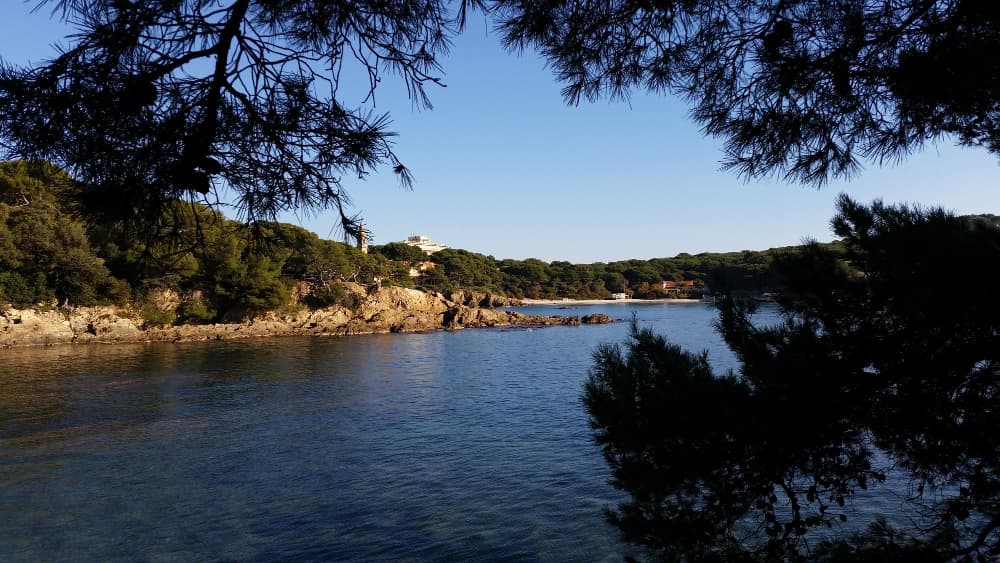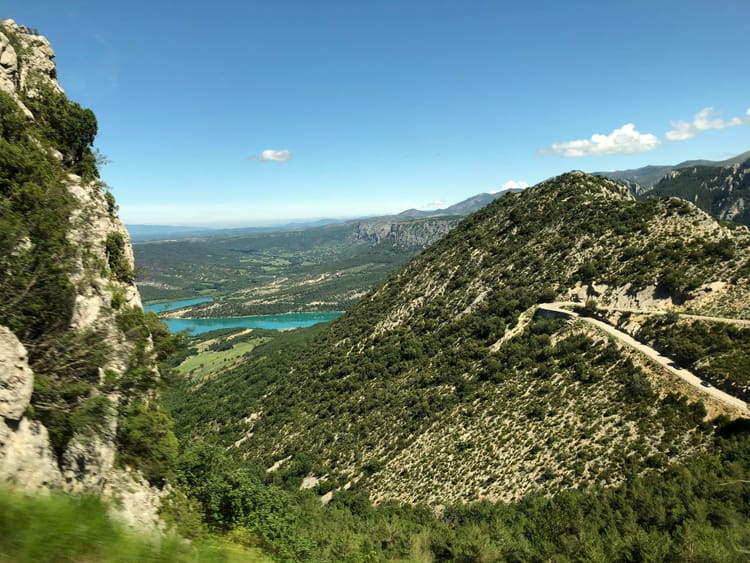Nature in Mallorca surprises every visitor with landscapes that go beyond its famous beaches. The island offers a richness and diversity of natural spaces that fascinates those seeking both tranquility and adventure. Among mountains, coasts, and protected areas, there are refuges for native flora and fauna. On IsasMallorca, you will discover the main natural parks and marine reserves in Mallorca that make the island an ideal destination for ecotourism.
Natural Parks
One of the most outstanding natural areas is the Serra de Tramuntana, a UNESCO World Heritage Site. This mountain range extends across the northwest of the island and combines steep cliffs, deep valleys, and traditional villages, offering hiking, cycling, and climbing routes. The Serra de Tramuntana Natural Park protects unique ecosystems and endemic species, including pine forests, holm oak woodlands, and species such as the Balearic lizard and the natterjack toad.
Another highly significant area is s’Albufera de Mallorca Natural Park, located in the north of the island. It is the largest wetland in the Balearic Islands and a must-visit spot for birdwatching. Flamingos, herons, and night herons find their habitat here, especially during seasonal migrations. This park features interpretive trails and viewpoints that allow visitors to enjoy the landscape without disturbing the local wildlife.
In eastern Mallorca, Llevant Natural Park offers a striking contrast to the Serra de Tramuntana. This area combines mountains, agricultural plains, and pristine coves, showing how human activity can coexist with nature. Its trekking routes pass through pine forests and almond fields, and from some viewpoints, one can admire the Mediterranean Sea in all its splendor.
Marine Reserves
In addition to terrestrial natural parks, Mallorca has several marine reserves that protect its underwater richness. The Cabrera Marine Reserve, located off the south coast of the island, is the most famous. This protected archipelago is home to more than 700 species of marine flora and fauna, including fish, cephalopods, and corals. Navigation, diving, and fishing are strictly regulated to preserve this unique ecosystem, and the park is accessible through guided tours that ensure sustainable tourism.
Another area of great interest is the Sa Dragonera Marine Reserve off the southwest coast. This dragon-shaped island features steep cliffs and small coves that serve as a refuge for seabirds and endemic reptile species. The surrounding waters are protected as a marine reserve in Mallorca, maintaining healthy populations of fish and other marine organisms. It is an ideal place for snorkeling or enjoying eco-friendly boat trips.
We must not forget the Palma de Mallorca reserve, a space that combines ecological protection and accessibility for those who want to enjoy nature without venturing far from the city. Its dune areas and wetlands allow birdwatching and observation of native species, serving as an example of how conservation can be integrated into urban and peri-urban environments.

Sustainable Activities in Protected Areas
Mallorca promotes environmentally responsible tourism, encouraging sustainable activities within its parks and marine reserves. Guided hiking, birdwatching, and nature photography are just some of the options. These experiences allow visitors to enjoy the environment while raising awareness about the importance of conserving local ecosystems.
Visiting these areas requires respect for park or reserve rules, such as not disturbing wildlife, not collecting plants, and minimizing visitor impact. Thanks to these measures, Mallorca maintains a balance between tourism and conservation, ensuring that future generations can also enjoy its natural wealth and biodiversity.
Mallorca’s natural parks and marine reserves represent one of the island’s greatest treasures. From the mountains of the Serra de Tramuntana to the crystal-clear waters of Cabrera, each area offers unique experiences for nature lovers and active tourists. Furthermore, their protection guarantees the preservation of fragile ecosystems and native species. Exploring Mallorca beyond its beaches not only enriches the visitor experience but also contributes to a more responsible and sustainable tourism model. Those who venture into these spaces discover a diverse, vibrant Mallorca in constant balance between humans and nature.





